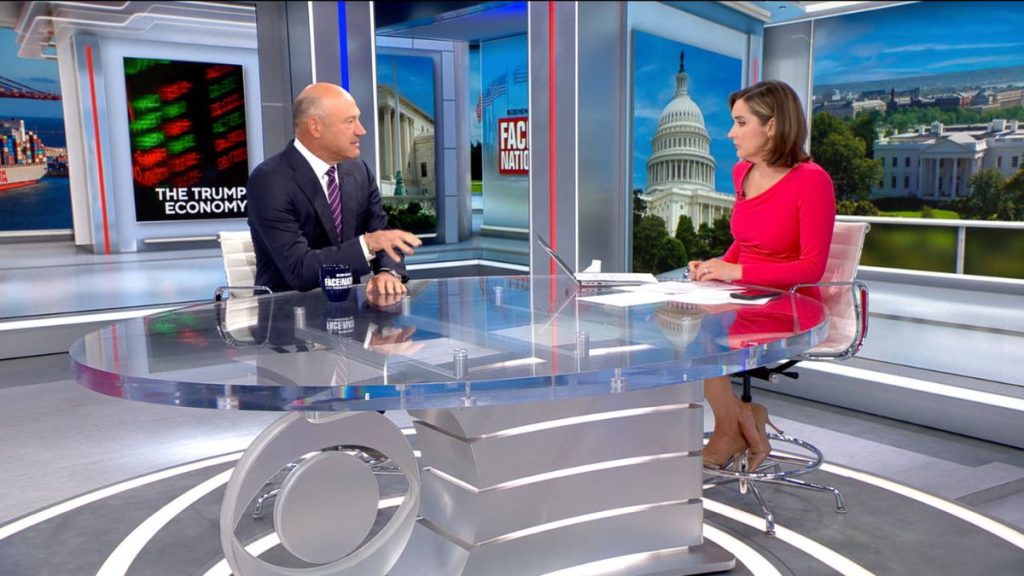WASHINGTON (CBS, KYMA) – Gary Cohn, Vice Chairman of IBM, spoke with Margaret Brennan on Face the Nation Sunday about the Federal Reserve lowering interest rate by a quarter percentage point.
“I think the Fed gave us a lot of important information this last week. As you said, they started down the path of cutting interest rates, going to four to four and a quarter. They also gave us their outlook. So the 17 governors gave us their projections to where they think interest rates are going. So that plot that they put out shows that overall, they believe that interest rates will be cut two more times over the course of this year. Now it’s not 100% clear, because the committee is divided. There are about seven members of the committee that do not want another cut this year, but there are 10 members of the committee that want at least two more cuts, and one wants more than two cuts. So that averages out to two cuts this year, which would take the federal funds rate, and it’s important to understand the federal funds rate, would take that down to 3.6% for year end. What is also important is the committee was fairly unanimous. I think people were worried about the independence of the Fed. I think the Fed clearly showed themselves to be independent thinkers. They took into account all of the economic data, and they came out with a projections that made sense based on what is going on in the economy today.”
Gary Cohn, Vice Chairman, IBM
During the interview, Brennan and Cohn talked about the job numbers, with Fed Chair Jerome Powell saying the labor market is “really cooling off,” but Treasury Secretary Scott Bessent says the Trump administration is not seeing that, prompting her to ask Cohn what’s happening there, and Cohn said:
“The chairman went out of his way to talk about the dual mandate that the Fed has. The Fed has two requirements that they’re supposed to run interest rate policy off of, one is called stable prices, which means 2% inflation. The other is full employment. Full employment is exactly what it sounds like. The Chair said, look, we are going to have to deal with the full employment part of the equation, even though we still have inflation in the system. So, the Federal Reserve itself and the Board of Governors admitted that we are having a declining job market, and we see that, the data over the last three or four months, we have gone from creating well over 100,000 jobs a month to creating less than 50,000 jobs a month. It may be temporary, it may be quite temporary, but the reality is, we have seen the job market degrade. We’ve also seen companies announce an enormous amount of CapEx and capital expenditures that’s going to come into the system. I think it’s interesting to take a step back and look at what’s going on in the world today. I do think that we have seen companies cut back on the amount of employees they have. You know, when you take companies and you put them in a very difficult environment and you increase the cost of input costs. And inputs have been going up because of tariffs. They’ve been going up to…other reasons, and they’re not able to raise prices to the final consumer. The one lever they can pull to make sure they keep their margins intact is they can cut down on the cost of labor. We came out of a tough situation in COVID where companies were actually afraid about being able to attract and retain people, so they were hoarding labor. So we went from a hoarding labor situation to a situation today where companies are being very aggressive about managing their expenses, and the one expense they can manage is the cost of labor. So they’re letting their labor force decline naturally as people retire out of the labor system, and we’re seeing that in the data, and I think it’s clearly showing up. And the Federal Reserve recognize that in this in this week’s action.”
To watch more of Brennan’s interview with Cohn, click here.

